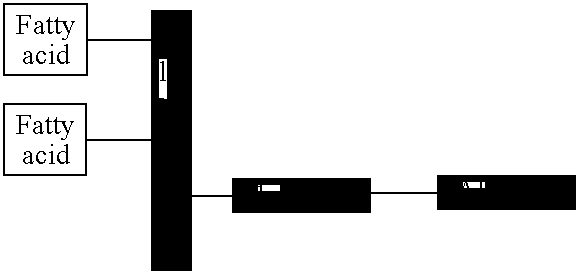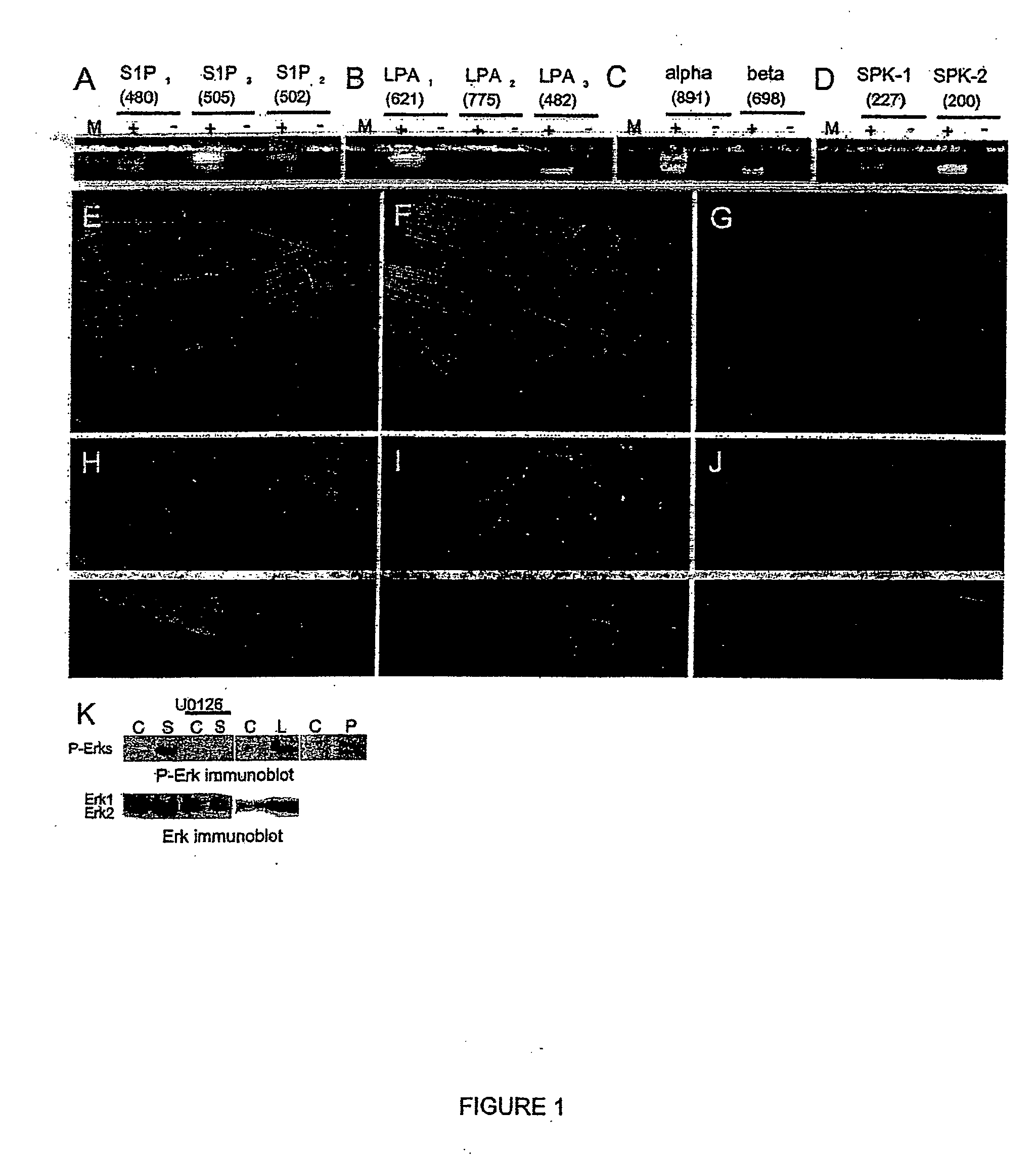Methods of regulating differentiation in stem cells
a stem cell and differentiation technology, applied in the field of stem cell differentiation regulation, can solve the problems of adversely affecting hes cell growth and differentiation, hes cell line a tendency to spontaneously differentiate, biosafety issues, etc., and achieve the effect of modulating the spontaneous differentiation of a stem cell
- Summary
- Abstract
- Description
- Claims
- Application Information
AI Technical Summary
Benefits of technology
Problems solved by technology
Method used
Image
Examples
example 1
Cell Culture
[0222] hES-3 cells were cultured as previously described1. The serum-free culture medium consisted of DMEM (without sodium pyruvate, glucose 4500 mg / l, Invitrogen, Mount Waverley, VIC, Australia) supplemented with insulin / transferrin / selenium 1%, β-mercaptoethanol 0.1 mM, NEAA 1%, glutamine 2 mM, Hepes 25 mM, penicillin 50 U / ml and streptomycin 50 mg / ml (all from Invitrogen). Medium was changed every 2 days and cells were passaged every week. S1P and dihydro-S1P were obtained from Biomol (Plymouth Meeting, Pa., USA) and were dissolved in methanol. LPA was obtained from Sigma (Castle Hill, NSW, Australia) and was dissolved in ethanol. Extemporaneous dilutions of all lipids were made in water containing 0.1% fatty acid-free bovine serum albumin (BSA) (Sigma). Human PDGF-AB, PDGF-AA, PDGF-BB were from PreproTech Inc. (Rocky Hill, N.J., USA).
RT-PCR Experiments
[0223] Total RNA was extracted from hES cells and reverse transcribed (RT) as previously described1. The cDNA samp...
example 2
Cell Culture
[0239] hES-3 cells were cultured as previously described1. The serum-free culture medium consisted of DMEM (without sodium pyruvate, glucose 4500 mg / l, Invitrogen, Mount Waverley, VIC, Australia) supplemented with insulin / transferrin / selenium 1%, β-mercaptoethanol 0.1 mM, NEAA 1%, glutamine 2 mM, Hepes 25 mM, penicillin 50 U / ml and streptomycin 50 mg / ml (all from Invitrogen). Media was changed every 2 days and cells were passaged every week S1P and dihydro-S1P were obtained from Biomol (Plymouth Meeting, Pa., USA). LPA was obtained from Sigma (Castle Hill, NSW, Australia). Extemporaneous dilutions of all lipids were made in water containing 0.1% fatty acid-free bovine serum albumin (BSA) (Sigma). S1P and dihydro-S1P were used at 10 mM. Human PDGF-AB, PDGF-AA, PDGF-BB were from Prepro Tech Inc. (Rocky Hill, N.J., USA) and were used at 20 ng / ml.
RT-PCR Experiments
[0240] Total RNA was extracted from hES cells and reverse transcribed (RT) as previously described1. The cDNA...
example 3
[0266] The results presented in FIG. 7A indicate that hES cells expressed mRNA transcripts for the three S1P receptors: Edg-1, Edg-3 and Edg-5 while these cells do not seem to express mRNA for Edg-6 and Edg-8 (data not shown). Moreover, hES cells express mRNA transcripts for each of LPA receptors : Edg-2, Edg-4 and Edg-7 (FIG. 7B). The nucleotide sequences of all purified PCR products were analysed and revealed to be identical to the corresponding regions in the human receptor genes.
PUM
| Property | Measurement | Unit |
|---|---|---|
| concentration | aaaaa | aaaaa |
| concentration | aaaaa | aaaaa |
| OD | aaaaa | aaaaa |
Abstract
Description
Claims
Application Information
 Login to View More
Login to View More - R&D
- Intellectual Property
- Life Sciences
- Materials
- Tech Scout
- Unparalleled Data Quality
- Higher Quality Content
- 60% Fewer Hallucinations
Browse by: Latest US Patents, China's latest patents, Technical Efficacy Thesaurus, Application Domain, Technology Topic, Popular Technical Reports.
© 2025 PatSnap. All rights reserved.Legal|Privacy policy|Modern Slavery Act Transparency Statement|Sitemap|About US| Contact US: help@patsnap.com



